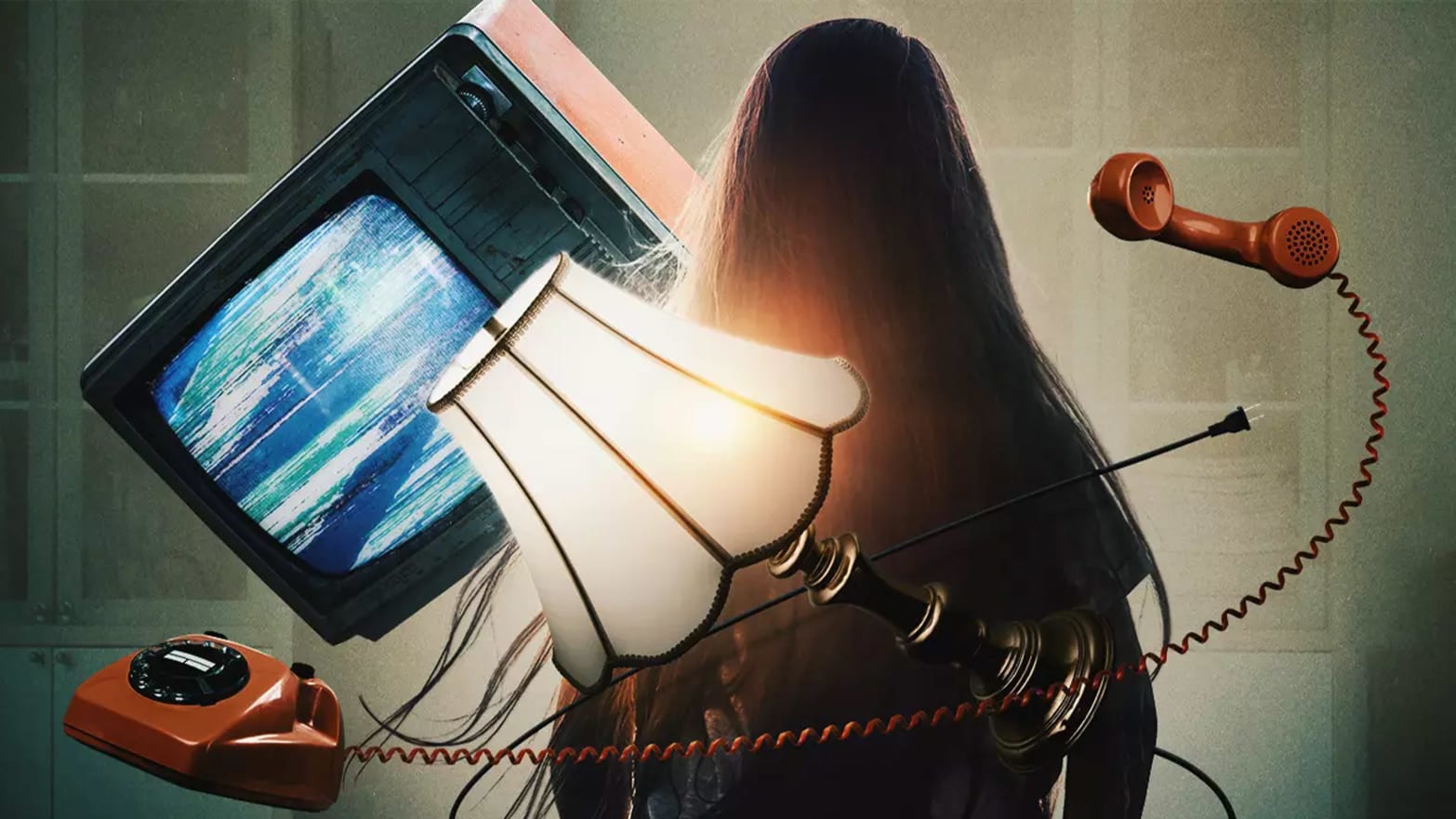Christina Boyer (also known as Tina Resch) was twice a media darling, and neither time to her benefit. As a 14-year-old, Christina made headlines thanks to claims made by her, her parents, and an expert that she was either possessed or had telekinetic powers, causing her to be plagued by all sorts of paranormal activity—hence her nickname, “the Poltergeist Girl.” As an adult, that reputation did her no favors when she was accused of killing her 3-year-old daughter Amber and took a deal to avoid facing death penalty charges, thereby landing her in Georgia’s Pulaski State Prison for life plus 20 years.
Demons and Saviors, a three-part ABC News docuseries premiering Aug. 3 on Hulu, is both a revisitation of this sensationalistic life story and an activist attempt to set her free—since, as it ultimately reveals, many believe she’s innocent of murdering her child, and that the real culprit was her then-boyfriend David Herrin, who was found guilty of a cruelty-to-children charge and sentenced to two decades behind bars. Led by Christina’s own prison-phone-call narration, and featuring interviews with those on both sides of this still-raging legal debate, the series undeniably skews in favor of Christina’s innocence. No matter its own viewpoint, though, its overarching portrait is a muddy one, filled with questions without answers and complicated suspects who all seem to bear some responsibility for what took place.
Before it gets to Amber’s death, Demons and Saviors flashes back to 1984, when teenage Christina began experiencing inexplicable phenomena: alarm clocks, televisions, and other electronic devices that went haywire and/or didn’t turn off even when unplugged; flickering lights; silverware bending and flying about the kitchen; and objects moving around her house in Columbus, Ohio. Her devout adoptive parents, Joan and John Resch, interpreted these occurrences as signs that Christina was possessed. They turned to The Columbus Dispatch, whose reporter and photographer witnessed a phone leap across Christina and ran a front-page story about it accompanied by a picture of that fateful moment. That, in turn, attracted the attention of William G. Roll, a Chapel Hill, North Carolina-based paranormal professional who—according to his “intuitive guide” assistant Kelly Powers—moved into the Resch home and began scientifically studying Christina.
Unsolved Mysteries eventually highlighted Christina’s tall tale, and clips of that episode are prominently featured in the opening chapter of Demons and Saviors. Roll surmised that “uncontrolled electrical discharges in the brain” were causing Christina to manifest these bizarre incidents. Through various talking-head interviews, including with Christina’s friend Jeannie Lagle, a psychologist who worked closely with Roll, the idea is forwarded that Christina had rare extrasensory abilities that might be triggered (consciously or unconsciously) by stress—something from which she says she constantly struggled, thanks to a father who beat her and a brother (and future suicidal sex offender) who molested her. Further emboldening her belief in the supernatural, Christina found her birth family and learned that she hailed from a long line of Wiccans, and that her mother and grandmother apparently boasted similar faculties.
This is all far-fetched (to say the least), and Christina’s credibility took a major hit when, during a nine-hour-long press conference designed to prove her assertions, she was caught on video faking a lamp-tipping-over incident. It wasn’t the last time she’d face public scorn. After fleeing the Resch house, marrying at 16, having Amber, and shacking up with her boyfriend David, Christina became public enemy No. 1 in Carrollton, Georgia, when, on April 14, 1992, she and David arrived at a hospital with a comatose Amber. Christina had an alibi (she’d been at work all afternoon), and David said that he had played with Amber before putting her down for a nap, only to grow alarmed when he couldn’t rouse her from sleep. When Amber passed away, a forensic autopsy painted a far darker picture: riddled with horrific cuts and bruises, the toddler had died from an injury to the head.
Medical examiner Dr. Steven Dunton says that it was “a classic representation for a case of fatal child abuse,” and Coweta County District Attorney Pete Skandalakis immediately sought the death penalty against Christina while dismissing her paranormal past as “bullshit. It was so stupid, I wasn’t going to entertain it.” Demons and Saviors allows Skandalakis to forcefully implicate Christina, but even he admits he doesn’t know whether she or David delivered the crucial homicidal blow. On the advice of her court-appointed public defender Jimmy Berry (who defends his own conduct on camera), Christina took an Alford plea that meant she’d spend the rest of her life in prison. David, meanwhile, went to trial and blamed Christina for Amber’s death, even though Dunton asserts—then, and now—that the decisive injury occurred shortly before her passing when she was unequivocally in David’s sole care.
As a result of this scenario, Georgetown students Lizzie Porterfield, Grace Perrett, and Sarah Jackmauh—led by their “Making an Exoneree” class professors Marc Howard and Marty Tankleff, the latter of whom spent 17 and a half years behind bars due to a wrongful conviction in his mother’s murder—took up Christina’s cause. So too did Dutch artist Jan Banning, who became an advocate for Christina after meeting her during a prison-inmate photography project. Together, they persuasively contend that Christina was unjustly convinced to accept a sentence for a crime that no jury would have believed she committed. While Skandalakis counters with his own evidence—including interviews with witnesses that describe Christina’s abusive treatment of Amber and videos of her frequenting an older gentleman for sex with Amber in tow—it remains more likely than not, on the basis of what’s presented here, that David was culpable for Amber’s death.
Nothing, however, is wholly clear-cut in Demons and Saviors. How, for example, did Christina not realize that her daughter was being viciously abused over the course of days, as her injuries implied? The docuseries’ finale may embrace a strong pro-Christina perspective, positing her as a lifelong victim—of misogynistic abuse and exploitation by her relatives, the media, and the criminal justice system—but with so much unknown about who knew and did what, and when, definitive conclusions are hard to come by in Hulu’s latest true-crime saga.

